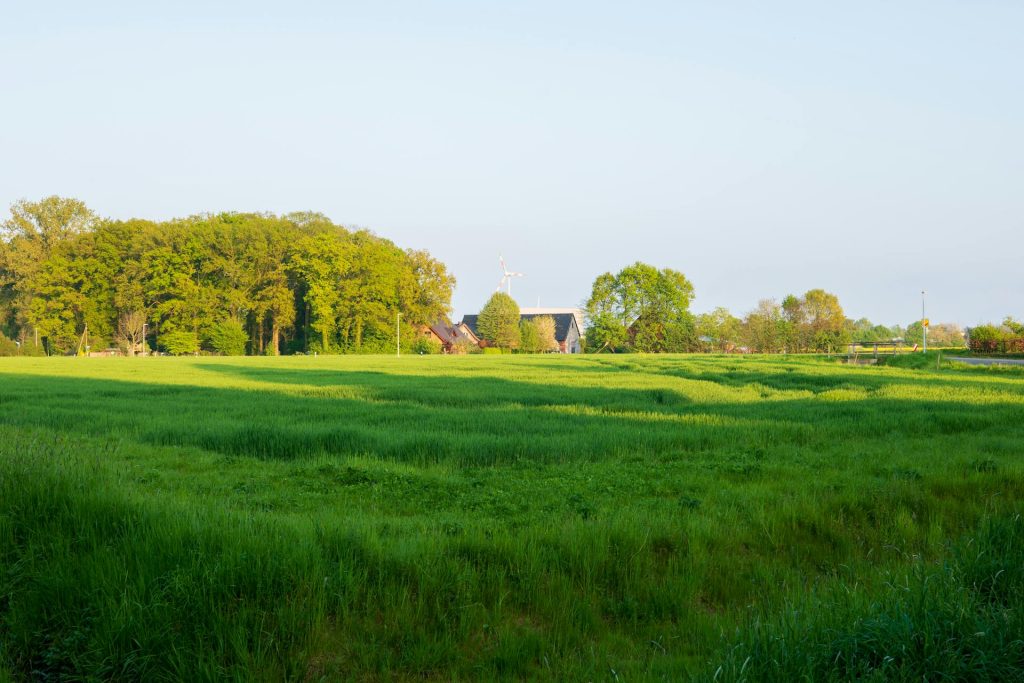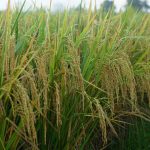Choosing between hybrid and traditional (desi) seeds is a critical decision that impacts yield, cost, and sustainability in cereal farming. This guide compares hybrid and traditional seeds for wheat, rice, maize, and millets, helping you make the best choice for your farm.
1. Key Differences Between Hybrid & Traditional Seeds
| Factor | Hybrid Seeds | Traditional (Desi) Seeds |
|---|---|---|
| Yield Potential | 20-50% higher (optimized genetics). | Lower but stable (natural adaptation). |
| Disease Resistance | Strong (bred for resistance). | Variable (depends on local strain). |
| Water & Fertilizer Needs | High (responsive to inputs). | Low (drought/nutrient-efficient). |
| Seed Cost | Expensive (₹200-500/kg). | Cheap/Farmer-saved (₹50-150/kg). |
| Reusability | Cannot be saved (lose vigor). | Can be saved for 2-3 seasons. |
| Climate Adaptability | Sensitive to extreme weather. | More resilient (evolved locally). |
2. Crop-Wise Comparison
A. Wheat
| Seed Type | Pros | Cons |
|---|---|---|
| Hybrid (e.g., HD 2967) | High yield (5-6 tons/ha), rust-resistant. | Needs more fertilizer, irrigation. |
| Traditional (e.g., Lok 1) | Drought-tolerant, low-cost. | Lower yield (3-4 tons/ha). |
Best For:
- Hybrid: Irrigated Punjab/Haryana.
- Traditional: Rainfed Rajasthan/MP.
B. Rice
| Seed Type | Pros | Cons |
|---|---|---|
| Hybrid (e.g., Arize 6444) | 7-8 tons/ha, blast-resistant. | High input costs. |
| Traditional (e.g., Basmati 370) | Premium price, aroma. | Lower yield (3-4 tons/ha). |
Best For:
- Hybrid: High-fertility delta regions (Andhra, Tamil Nadu).
- Traditional: Organic/export-focused farms (Punjab, UP).
C. Maize
| Seed Type | Pros | Cons |
|---|---|---|
| Hybrid (e.g., Pinnacle) | 8-10 tons/ha, uniform cobs. | Requires precise management. |
| Traditional (e.g., Desi Makka) | Pest-resistant, low-cost. | Yield (3-5 tons/ha). |
Best For:
- Hybrid: Contract farming for poultry/starch industry.
- Traditional: Smallholders in Bihar/Jharkhand.
D. Millets
| Seed Type | Pros | Cons |
|---|---|---|
| Hybrid (e.g., DHBH 1176 bajra) | High yield (2-3 tons/ha). | Loses drought tolerance. |
| Traditional (e.g., Ragi Indaf-5) | Climate-hardy, nutritious. | Lower yield (1-1.5 tons/ha). |
Best For:
- Hybrid: Commercial millet production.
- Traditional: Dryland/organic farming.
3. When to Choose Hybrid Seeds?
High-input farming (irrigation, fertilizers available).
Contract farming (fixed buyers like FMCG/ethanol plants).
Disease-prone areas (e.g., rice blast zones).
Popular Hybrid Cereal Seeds in India:
- Wheat: HD 2967, DBW 187
- Rice: Arize 6444, KRH-4
- Maize: Pinnacle, NK 6240
4. When to Stick with Traditional Seeds?
Low-budget/dryland farming.
Organic/natural farming systems.
Seed sovereignty (avoid corporate dependence).
Best Traditional Varieties:
- Wheat: Khapli, Lok 1
- Rice: Basmati 370, Navara
- Maize: Desi Makka (white flint)
5. Government Policies & Subsidies
- Hybrid Seeds: Subsidized under National Food Security Mission (NFSM).
- Traditional Seeds: Promoted via PKVY (Paramparagat Krishi Vikas Yojana).
6. The Future: Biofortified & Climate-Resilient Seeds
- Biofortified Wheat (HD 3298): High-zinc, iron-rich.
- Climate-Smart Rice (CR Dhan 801): Flood/drought-tolerant.
FAQs
Q: Can I save hybrid seeds for next season?
A: No! F2 generation loses yield & uniformity.
Q: Which gives better profit—hybrid or traditional?
A: Hybrid: High yields but high costs. Traditional: Lower risk, niche markets (e.g., organic).
Q: Are traditional seeds GMO?
A: No! They’re naturally evolved, unlike GMO hybrids.






